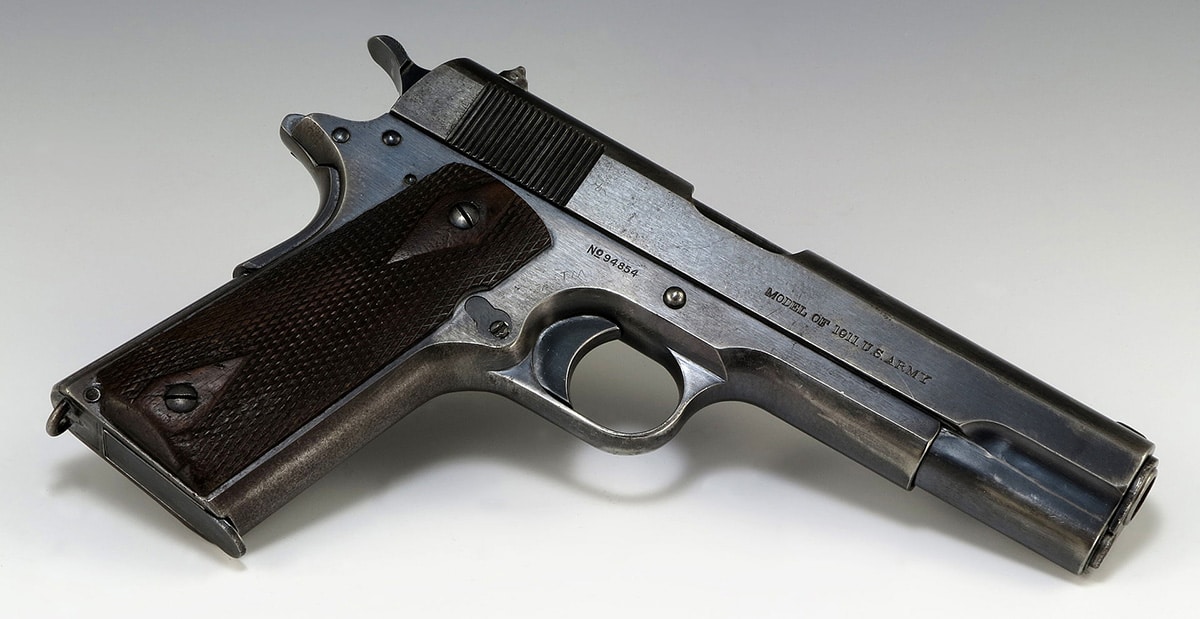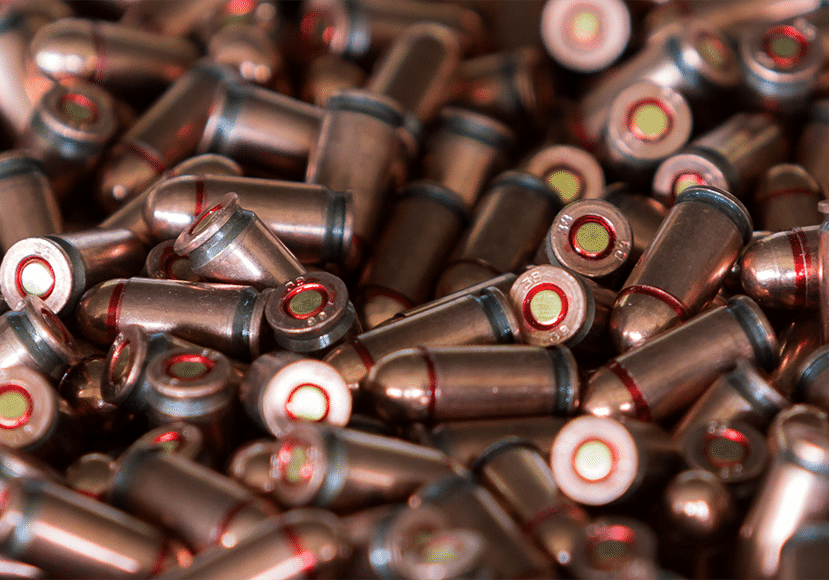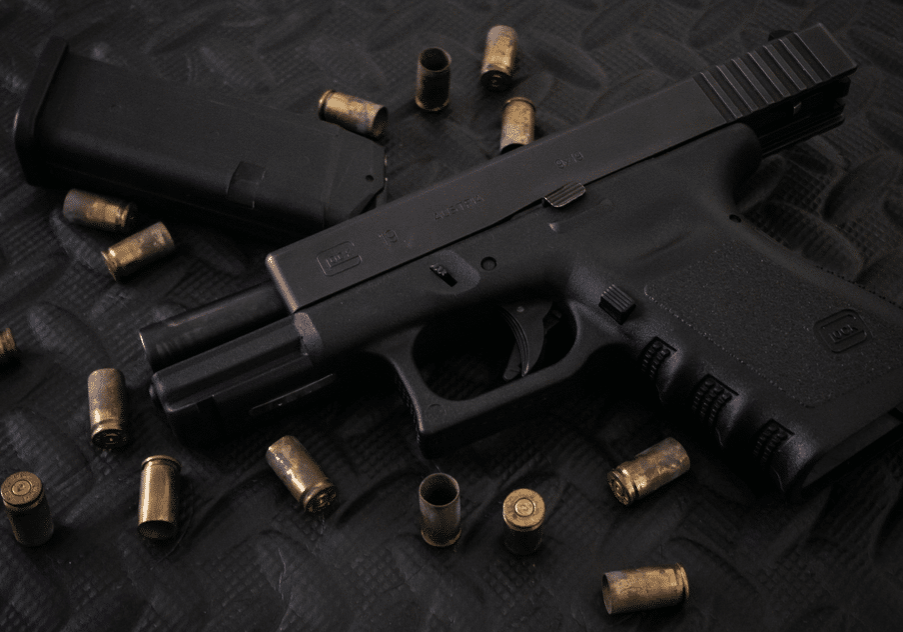1911 vs 1911A1 Key Differences Explained

Over the past couple of months, we at GunPros have released a great deal of content on the world famous 1911 pistol. We’ve explored this gun’s rich history and examined some of its transformations over time. Now we are going to analyze the differences between the original 1911 vs the 1911A1, its most common variant.
Some of you may have never heard of the 1911A1, but this is because the name “1911” is typically used as a catch-all term to describe a wide range of 1911 variants. In fact, nowadays it’s fairly unusual to come across a 1911 that actually sticks to the original 1911 design.
This is because between World War I and World War II the original Colt 1911 .45 Government Model underwent its first set of major design changes, ultimately resulting in the 1911A1. By the time WWII began, the 1911A1 was far more common among Allied forces in the US and Europe. This trend has continued into the modern day, where now the 1911A1 is typically referred to as the 1911 and is far more popular than the original.
So what made the 1911A1 more popular than the WWI model? We’ve included an image and table below outlining the key design differences between the 1911 and the 1911A1. Most of these changes were implemented incrementally over the course of several years, with the final 1911A1 model being settled upon around 1924.

1911 vs 1911A1 (Image Source)
| Features | 1911 | 1911A1 |
|---|---|---|
| Front Sight | Thin | Thicker |
| Rear Sight | U-notch | Square Notch |
| Mainspring Housing | Flat | Arched |
| Trigger | Long/Smooth | Short/Serrated |
| Angled Trigger Finger Clearance Cutout | No | Yes |
| Grips | Diamond Checkered/Wood | Full Checkered/Plastic |
The most important upgrades featured in the 1911A1 are its improved sights and extended hammer spurs. Compared to today’s modern tactical sights, the 1911A1’s thicker front sight and slightly more defined rear sight doesn’t appear like a significant improvement. However, this upgrade was highly celebrated among soldiers in WWII, as were the extended hammer spurs (beavertails), which were a godsend to shooters with larger hands who frequently experienced hammer bite from the original 1911.
Other noteworthy changes included a new arched mainspring housing and angled clearance cutouts. Although the arched mainspring housing upgrade was intended to help improve shooting accuracy, its effectiveness is debatable. Similarly the angled clearance cutouts near the trigger are intended to make the 1911A1 easier to grip for shooters with smaller hands. It’s somewhat effective in this regard, although I assume most people who like the clearance cutouts nowadays prefer it mainly for aesthetic purposes.
As mentioned earlier, in today’s market, the 1911 and the 1911A1 are typically referred to as “1911”. Not only that, but each gun’s defining features tend to be used interchangeably to produce many variants of modern hybrid 1911s. For example, it’s common to see 1911s today with flat mainspring housings and extended beaver tails, or versions with diamond-checkered wood grips with easy-to-see thick front and rear sights.
For me, I prefer a modern 1911 with a flat mainspring house, a long smooth trigger, diamond-checkered wood grips, an extended beavertail, and tritium sights. It’s a beautiful hodge podge of features spanning the course of a century of experimentation. The endless options for customized 1911s are part of what makes the gun so popular, even today.




